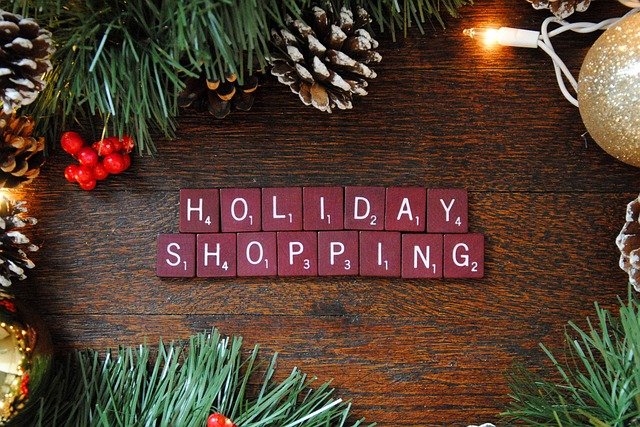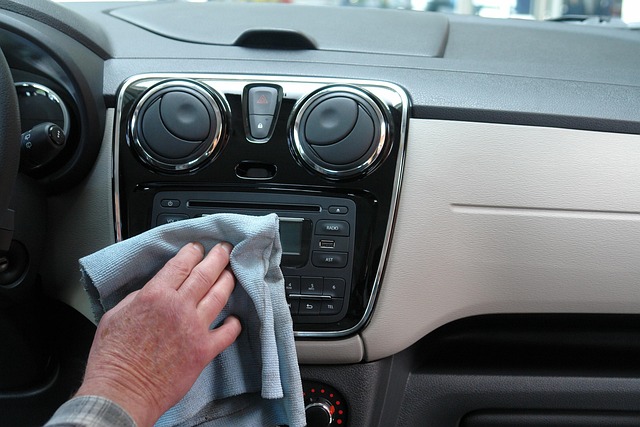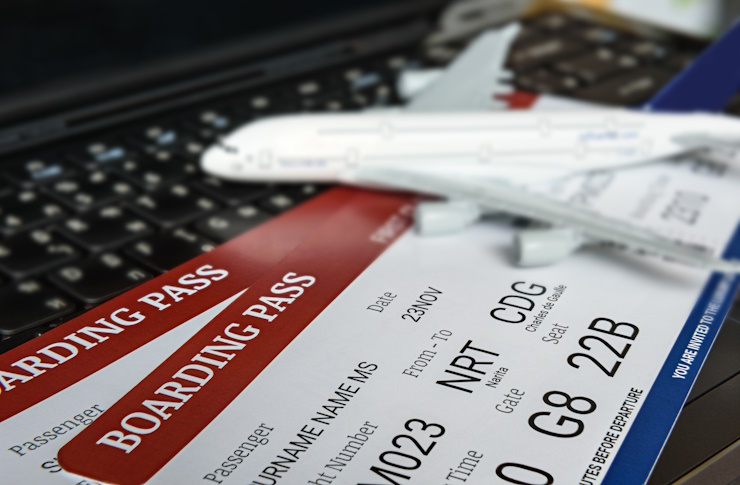How to Choose the Perfect Christmas Tree in 2025
Selecting the ideal Christmas tree requires careful consideration of various factors, from tree species and freshness indicators to size requirements and budget constraints. With numerous options available at different price points and locations, understanding the key characteristics of popular tree varieties, current market trends, and cost considerations will help you make an informed decision that brings joy to your holiday celebration.

The holiday season brings the cherished tradition of selecting and decorating a Christmas tree, transforming homes into festive wonderlands. Making the right choice involves understanding different tree species, evaluating freshness, considering your space requirements, and navigating the current market landscape.
What Christmas Tree Varieties Are Available in 2025?
Christmas tree farms and retailers offer several popular species, each with distinct characteristics. Noble Fir trees feature sturdy branches perfect for heavy ornaments and excellent needle retention. Fraser Fir, often called the “Cadillac of Christmas trees,” provides strong branches, pleasant fragrance, and minimal needle drop. Douglas Fir remains a traditional favorite with soft needles and pyramid shape, while Balsam Fir offers classic Christmas tree fragrance and dark green color. Grand Fir displays glossy needles with citrus scent, and Nordmann Fir appeals to families with allergies due to its non-dropping needles.
How Much Do Christmas Trees Cost This Season?
Christmas tree pricing varies significantly based on location, tree type, size, and purchasing venue. Pre-cut trees at retail lots typically range from $30-80 for 6-8 foot trees, while premium varieties like Noble Fir command higher prices. Cut-your-own tree farms often offer better value, with prices ranging from $25-60 for similar sizes. Specialty retailers and urban markets may charge $50-120 for comparable trees due to transportation and overhead costs.
| Tree Type | Size Range | Average Cost | Best Features |
|---|---|---|---|
| Douglas Fir | 6-8 feet | $35-55 | Traditional shape, affordable |
| Fraser Fir | 6-8 feet | $45-75 | Excellent needle retention |
| Noble Fir | 6-8 feet | $55-85 | Strong branches, long-lasting |
| Balsam Fir | 6-8 feet | $40-65 | Classic fragrance, full shape |
| Grand Fir | 6-8 feet | $35-60 | Glossy appearance, citrus scent |
Prices, rates, or cost estimates mentioned in this article are based on the latest available information but may change over time. Independent research is advised before making financial decisions.
What Should You Compare When Selecting Trees?
When comparing Christmas trees, examine needle retention by gently running your hand along branches - fresh trees should not shed excessively. Check trunk freshness by looking for recent cuts and sticky sap, avoiding trees with dry, cracked bases. Evaluate branch strength by lifting branches to ensure they can support your ornaments. Consider tree shape and fullness, looking for even growth and minimal gaps. Measure your ceiling height and tree stand capacity before shopping, allowing extra space for tree toppers.
What Are the Current Christmas Tree Trends?
Christmas tree trends in 2025 reflect growing environmental consciousness and changing consumer preferences. Potted living trees gain popularity among eco-minded families, allowing replanting after holidays. Locally-sourced trees reduce transportation impact while supporting regional farms. Smaller, tabletop trees appeal to apartment dwellers and minimalist decorators. Flocked trees continue trending for winter wonderland aesthetics, while naturally colored trees satisfy traditional preferences. Some consumers opt for tree subscriptions, receiving fresh trees delivered annually from the same farm.
Where Should You Purchase Your Christmas Tree?
Christmas tree purchasing options include cut-your-own farms, retail lots, big-box stores, and specialty nurseries. Tree farms offer freshest options with family-friendly experiences, often including hot cocoa and hayrides. Retail lots provide convenience and variety but may have older inventory. Big-box stores offer competitive pricing but limited selection and potentially lower quality. Local nurseries typically stock high-quality trees with knowledgeable staff assistance. Online ordering with delivery services emerges as a convenient option for busy families.
How Can You Ensure Tree Freshness and Longevity?
Maximizing your Christmas tree’s lifespan begins with proper selection and care. Choose trees with vibrant green color, flexible needles, and fresh pine scent. Make a fresh cut on the trunk base before placing in water, removing at least one inch. Use a sturdy stand holding adequate water - trees can consume up to one gallon daily initially. Keep trees away from heat sources like fireplaces, radiators, and heating vents. Check water levels daily and add as needed, as dry trees become fire hazards.
Selecting the perfect Christmas tree combines practical considerations with personal preferences, ensuring your holiday centerpiece brings joy throughout the season. By understanding available varieties, comparing costs and features, staying informed about current trends, and following proper care guidelines, you can choose a tree that creates lasting memories while fitting your budget and space requirements.




